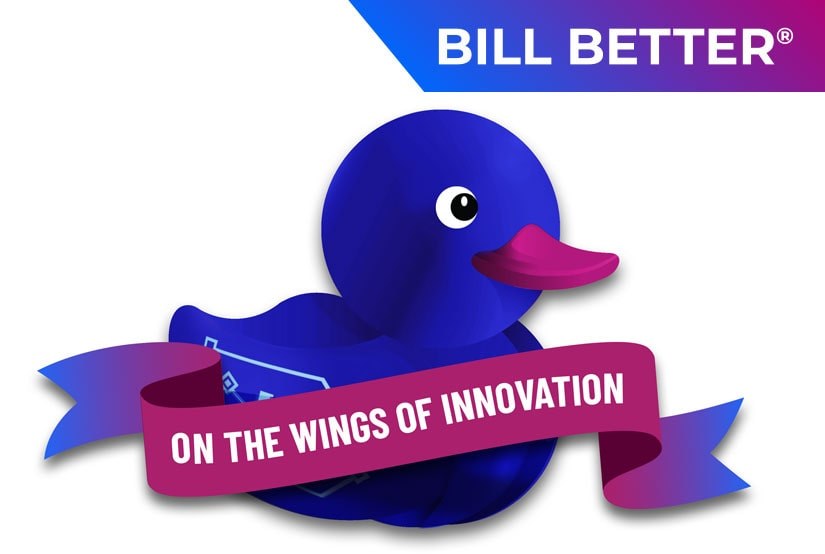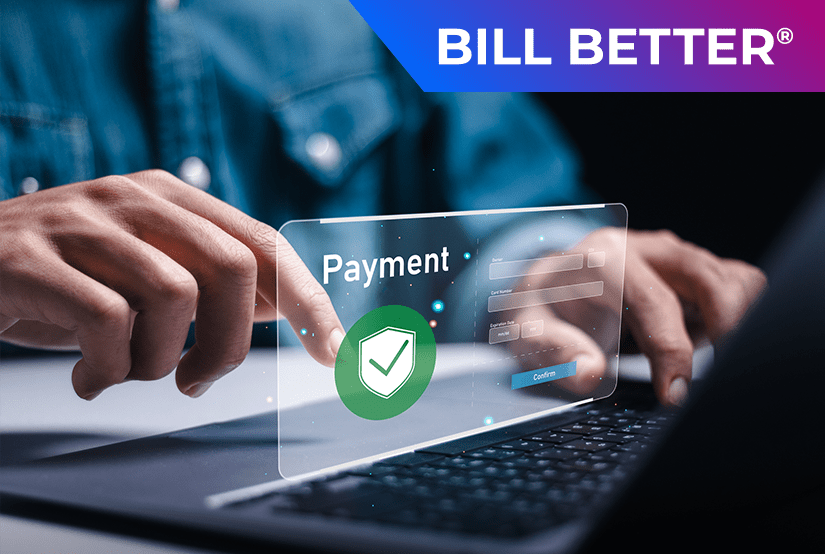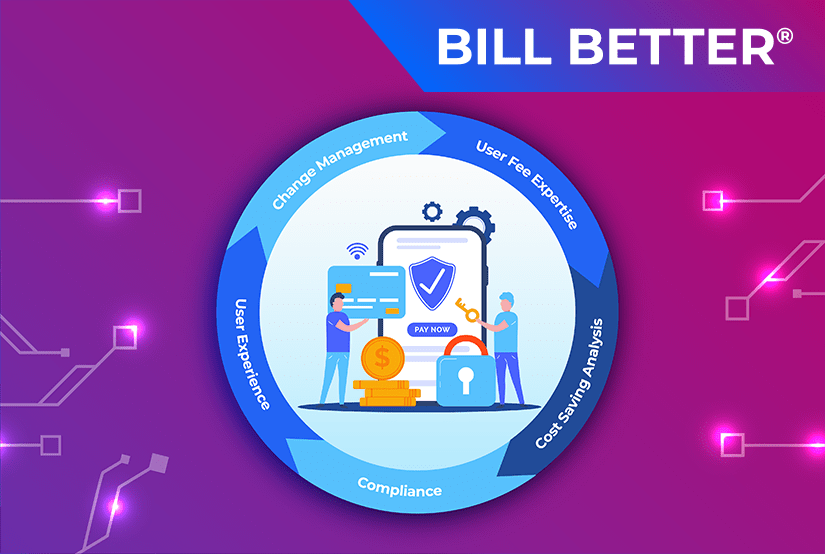Utilizing Technology to Help Reduce Late Payments
No matter the size of the biller, late payments and delinquencies negatively impact an organization’s bottom line. This trickles down to and affects every part of the organization, from Human Resources to Customer Service and beyond.
But what if your organization already has the technological tools to cut down on those late payments? There’s a chance that you already have these tools at your disposal and you didn’t even know it. If you don’t currently have access to notification tools, the good news is that they are readily available through a payment processing partner.
The True Impact of Notification
Let’s start by acknowledging how common late payments are and how easy they are to avoid with just a few simple steps.
For billers, technological tools like mobile push notifications (those texts we all get to remind us when a bill is due or even past due), automated reminder calls, and email campaigns designed to keep the bill paying consumer apprised of when their payments are due, can all be utilized and make a huge difference in decreasing delinquent accounts.
Studies have shown that these types of notifications can reduce non-payment service shut-offs by more than 50%. A utility biller who implemented automated past-due account reminder messages reported that this effort resulted in the smallest number of shutoffs in more than three years – a whopping 75% reduction in shutoffs.
And it’s not just billers who benefit from this technology. Consumers actually appreciate reminders too. Payment reminder alerts can be customized by the consumer, who can choose their preferred communication method as well as the frequency of reminders that they are sent.
An added bonus for consumers is that these payment reminders and past due account alerts can help them catch any forgotten or unpaid bills before they become further delinquent, trigger late fees, or show up on their credit report.
Payment Plans Can Help Reduce Delinquencies and Boost Customer Retention
Whether a bill falls through the cracks or a consumer is going through a tough time, it’s not just ethical to try to help those consumers get their account current, it’s also smart for the biller’s bottom line.
With consumers paying, on average, a dozen recurring bills each month, it’s easy to see how a payment could be missed while juggling bills. That’s why offering consumers a relatively easy and painless way to “catch up” on their bills is a smart move on the biller’s part.
This can involve a payment plan set up by the biller which allows the customer to bring their account out of delinquency on a timetable that works for both the biller and the customer. This both increases the customer’s trust in their biller while also giving the biller a better idea of when to anticipate payments and provide the customer with reminders and updates.
Recurring Payments Are Key to Positive Cash Flow and Happy Customers
Another important tool for keeping customer accounts from becoming past due is establishing recurring payments. This means that the customer does not have to take any action each month when their bill is due. But it also means that billers can rely on the positive cash flow that comes from recurring automatic payments.
Recent innovations in recurring payments include tools such as account updaters, which ensure that the customer’s preferred payment method is always up to date. This means that when a preferred payment method, such as a credit card, is close to expiration, account updater technology can automatically capture the new payment method account number and details without the customer having to provide that information to the biller.
No more chargebacks or declined payments for the biller and no more frustration on the part of customers who would have to manually update their payment information.
Offering these new payment options to customers or weaving them seamlessly into your existing billing system can boost both your customer satisfaction and retention but also ensure that you cut down on the number of accounts which become past due or delinquent.
To learn more about which of these payment tools will work best for your organization, visit paymentus.com or request a demo at www.paymentus.com/contact.



